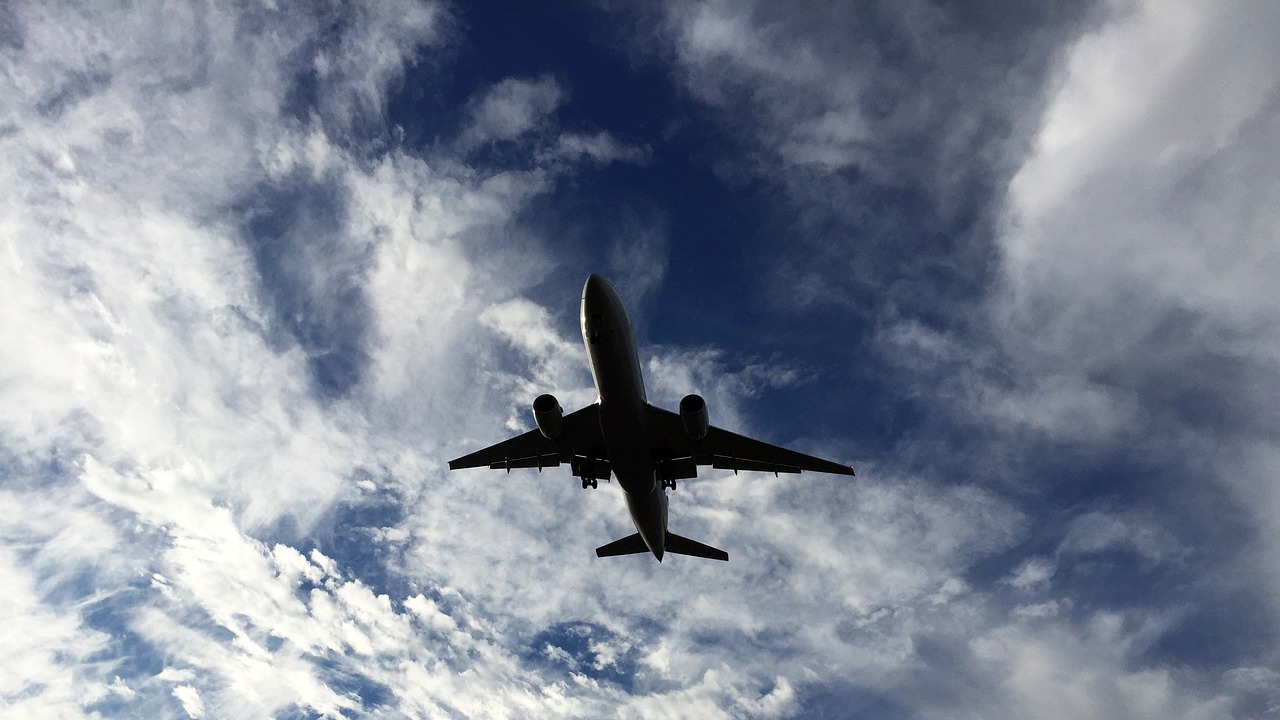There are two types of people in this world: those who want the window seat and those who want the aisle seat. Incidentally, I don’t think there are many people who prefer the middle seats.
If you happen to be a window seat person, then you may have looked out the window quite frequently while you are flying. If you look closely enough, you may see that the middle pane of the window has a small hole in it.

At first, you might assume that it was just an issue with that particular window or a defect, but after looking further, you will notice that there is a hole in all of the windows. Why is it there?
Interestingly, they have a name for those holes, “bleed holes.” The windows in an airplane are made from very flexible and lightweight material and each window has three layers.
The bleed hole exists toward the bottom center of the middle layer, and it serves a very interesting purpose.

As the plane changes altitude, going both up and down, the pressure difference between the interior and the exterior changes. At times, you may go as high as 6 miles or more above the earth! There is very little air pressure outside of the cabin, but the interior of the cabin is pressurized.
There is a constant struggle going on between the inside of the plane and the outside of the plane when you are in flight. The cabin is constantly pushing against the window, and if the bleed hole didn’t exist, you might have problems.

The bleed hole does its job as some of the pressure is taken off of the outer pane of the window. It allows the thin air to stay on the outside and keeps it from coming into the inside of the cabin. If the bleed hole didn’t exist, the inner pane would not be pressurized, potentially spreading to the outer pain and a possible rupture.
Although it may look a little alarming when you first see a hole in an airplane window, there is nothing to be concerned about. They are actually there to help balance things out so that there will not be a problem with pressure differences affecting you and the other passengers inside of the plane.













